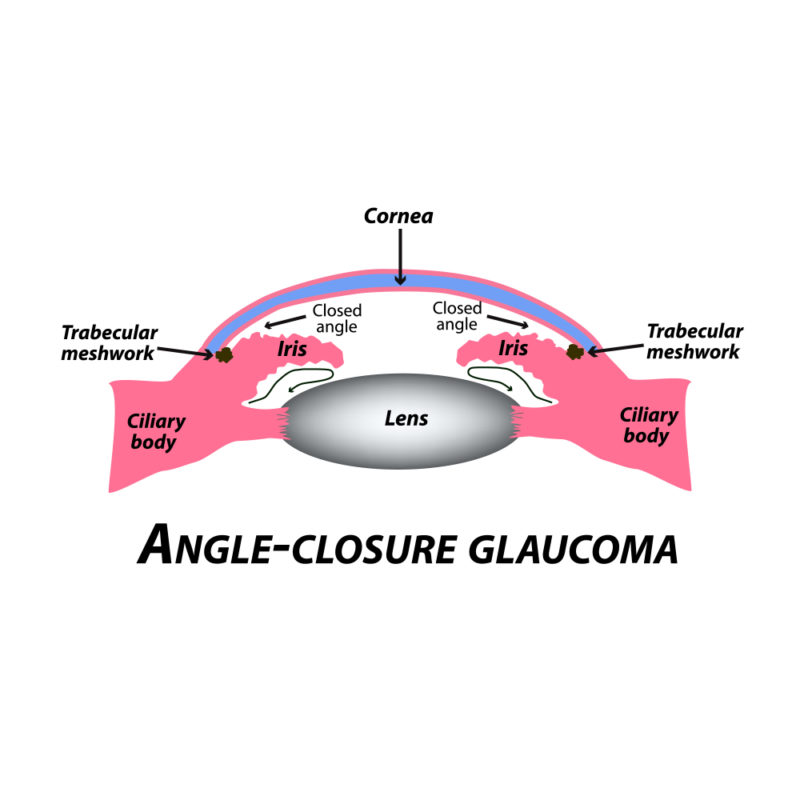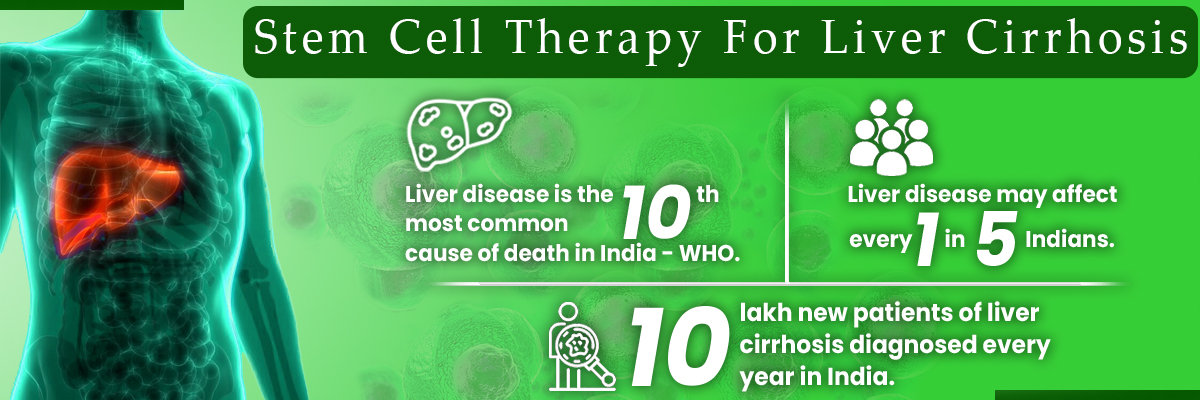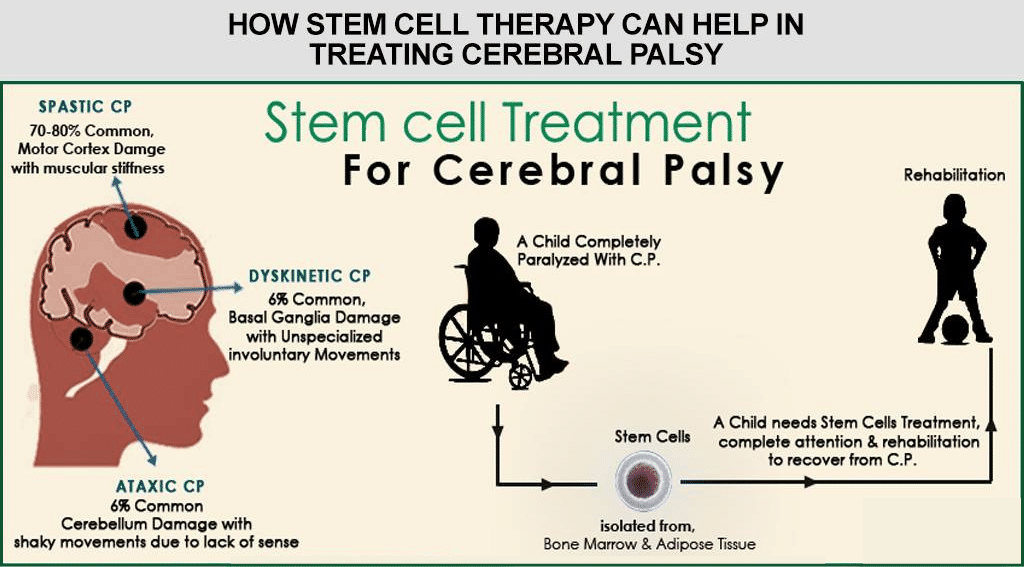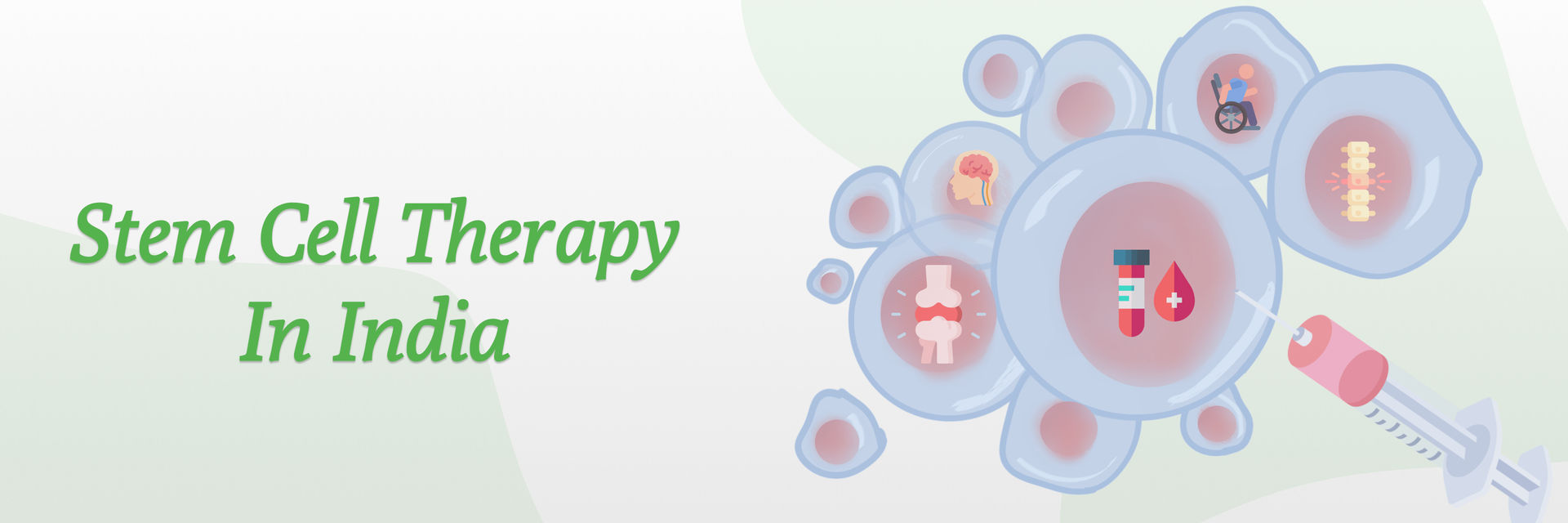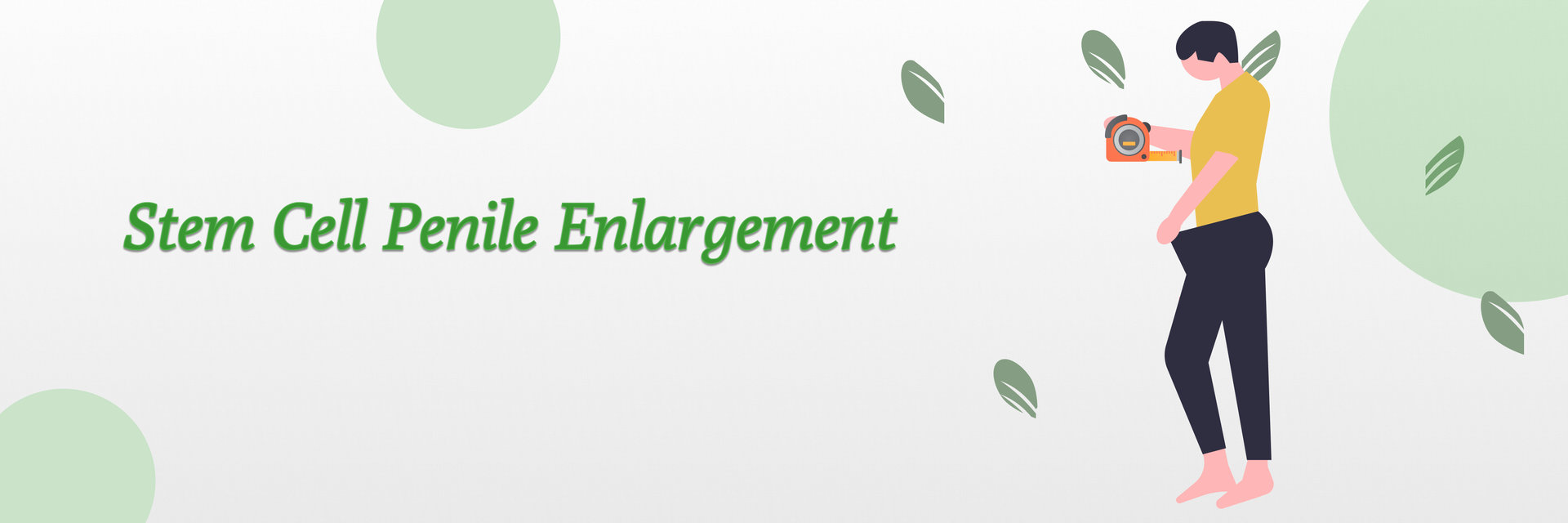Overview
Did you know that glaucoma is a leading cause of permanent vision loss worldwide?
According to the World Health Organization, it affects over 70 million people.
In India, glaucoma is a significant public health concern. According to the Glaucoma Society of India, it is estimated that over 12 million Indians suffer from this condition, with nearly 1.2 million individuals being bilaterally blind due to glaucoma. The prevalence is expected to rise, considering the ageing population and lack of widespread screening and awareness.
While treatments can help manage eye pressure, they can't restore lost vision. However, there's hope on the horizon. Scientists are exploring a new treatment called stem cell therapy. Glaucoma stem cell treatment- this blog delves into the potential of stem cell treatments, ongoing research, and the prospects of clinical trials, offering a comprehensive overview of this cutting-edge therapy.
Let's delve into how this promising approach could revolutionize Glaucoma treatment.
If you want to know more about stem cell treatment and where to get it, check out our blog on stem cell treatment in India.
Understanding Glaucoma

Glaucoma is a group of eye diseases that damage the optic nerve, the vital cable transmitting visual information from your eye to your brain.
Imagine this nerve as a bundle of wires – glaucoma damages these wires, leading to vision loss. Healthy eyes produce a clear fluid that nourishes them. This fluid usually drains out through tiny channels. In glaucoma, these channels can become blocked, causing the fluid to build up. This increased pressure can damage the delicate fibers of the optic nerve, leading to vision loss.
It's important to note that not everyone with high eye pressure develops glaucoma, and some people may have normal or even low eye pressure.
Limitations of Current Treatments
Current glaucoma treatments focus on reducing intraocular pressure to prevent further damage. These include:
- Medications: Eye drops or oral medications to decrease eye pressure.
- Laser therapy: Procedures like trabeculoplasty and iridotomy to improve fluid drainage.
- Surgery: Techniques such as trabeculectomy or shunt implants to create new drainage pathways.
While these treatments can manage the condition, they do not reverse existing damage to the optic nerve or restore lost vision. This limitation highlights the need for novel therapeutic strategies like stem cell transplants for glaucoma.
If you experience sudden vision loss, severe eye pain, or colored halos around lights, seek immediate medical attention, get in touch with an expert as this could be a sign of angle-closure glaucoma.
Let's explore how stem cells are revolutionize glaucoma therapy.
The Science of Stem Cells

Stem cells are the body's master cells, with two key characteristics:
Stem cell therapy, a reliable treatment for glaucoma, has assisted patients globally for decades. Many stem cell institutes and healthcare experts worldwide recommend this approach. Despite ongoing research, this method has benefited numerous patients and shown safety and effectiveness in various studies for different conditions.
- Self-renewal: They can replicate themselves for extended periods, creating a continuous supply of new cells.
- Differentiation: They have the remarkable ability to transform into specialized cells, like those found in your muscles, nerves, or even the eye.
How Can Stem Cells Help in Glaucoma?
Stem cell research for glaucoma focuses on using these cells to repair or replace damaged retinal ganglion cells (RGCs) and other optic nerve structures. The potential benefits include:
- Neuroprotection: Protecting existing RGCs from further damage.
- Neuroregeneration: Regenerating or replacing damaged RGCs to restore vision.
- Reduction of Inflammation: Minimize the inflammatory processes contributing to optic nerve damage.
Looking for stem cell treatment? Then, check the list of hospitals that provide stem cell therapy in India.
Types of Stem Cells Used in Treating Glaucoma
Scientists are exploring different types of stem cells for glaucoma treatment, each with its advantages and limitations:
| Type of Stem Cell | Advantages and Limitations |
|---|---|
 | Embryonic Stem Cells Derived from early-stage embryos Pluripotent, meaning they can develop into many cell types. Advantages: Greatest differentiation potential Limitations: Ethical considerations surrounding their use |
 | Adult Stem Cells Found in developed tissues of the body Multipotent, capable of differentiating into specific cell types Advantages: Readily available, Fewer ethical concerns Limitations: More limited differentiation potential compared to embryonic stem cells |
Research is ongoing to determine the most suitable type of stem cell for glaucoma therapy.
Clinical trials are being conducted to assess the safety and efficacy of stem cell treatments for this condition.
Curious if you might be eligible for stem cell therapy? Let's find out.
Eligibility for Stem Cell Therapy
While stem cell research for glaucoma is captivating, it's important to understand that it's not yet a standard treatment option.
- Individuals who have advanced Glaucoma and have not seen significant improvement with medications or surgeries.
Stem cell therapy for glaucoma holds promise, but eligibility is currently limited.
- Focus on Advanced Cases: Trials likely target those with moderate to severe glaucoma who haven't responded well to traditional treatments.
- Overall Health Matters: Good general health ensures safety and participation in clinical trials.
- Age Considered: While age isn't a strict barrier, potential benefits are weighed against risks, especially for older patients.
- Informed Consent Essential: A full understanding of risks and benefits is mandatory for participation.
Discuss your glaucoma management plan with your doctor, including potential future options like stem cell therapy, and schedule an appointment for personalized care.
Thinking about stem cell therapy for Glaucoma? Let’s weigh the pros and cons.
Benefits and Risks of Stem Cell Therapy for Glaucoma

Glaucoma stem cell treatment has ignited a spark of hope, but like any medical intervention, it carries —The most exciting possibility is that they can have potential benefits and risks.
| Potential Benefits | Possible Risks |
| Protecting the Optic Nerve- Stem cells might act as shields, safeguarding the remaining optic nerve fibers from further damage. | Rejection- The body might reject the transplanted stem cells, leading to complications. |
| Regeneration Potential- The most exciting possibility lies in their ability to regenerate damaged optic nerve tissue, restoring vision. | Tumor Formation- There's a small but concerning risk of tumor formation with certain types of stem cells. |
| Uncertain Long-Term Effects—Since stem cell therapy is a new approach, the long-term effects on the eye are still unknown. |
Talk to us about stem cell therapy for Glaucoma treatment, contact us for further information.
Wondering about the costs involved with stem cell therapy for Glaucoma? Let's break it down.
Cost of Stem Cell Therapy for Glaucoma
The cost of stem cell therapy for Glaucoma varies based on several factors:
- Number of treatments needed
- Severity of Glaucoma
- Choice of medical facility
- Type of stem cells used
The price for this therapy ranges from 8,000 to USD 12,000. Remember, since this is still a new treatment under clinical trial, it usually isn't covered by insurance.
Curious about what goes into a stem cell treatment for Glaucoma? Here’s a simple step-by-step guide.
Stem Cell Treatment Procedures for Glaucoma

Glaucoma for stem cell treatment is a promising area of research, but it's important to understand it's not yet a differentiated treatment based on glaucoma type.
- Initial Consultation: Confirm eligibility, discuss medical history, and understand risks and benefits.
- Pre-Treatment Assessments: Undergo eye exams and health tests to evaluate your condition.
- Harvesting Stem Cells: Collect stem cells from your body or a donor, depending on the type used.
- Laboratory Processing: Process and culture stem cells in the lab to prepare them for treatment.
- Injection of Stem Cells: Inject stem cells into or around the eye to target damaged areas.
- Post-Treatment Monitoring: Regular follow-ups to monitor recovery and effectiveness.
Differentiation of Treatment Methods Based on the Type of Glaucoma:
Type of Glaucoma | How Stem Cells Help and Treatment Type |
| Open-Angle Glaucoma -Gradually improve the trabecular meshwork function to reduce intraocular pressure over time. -Long-term management approach. |
| Angle-Closure Glaucoma -Quickly clear blockages in the drainage channels to reduce eye pressure immediately -Immediate intervention approach. |
Please Note - These options can be tailored based on the specific type and severity of your glaucoma.
Considering stem cell therapy for Glaucoma? Here’s what might come after the treatment.
What to Expect After Stem Cell Therapy for Glaucoma?

- Quick Discharge: Most patients go home 1-2 days after the procedure.
- Easy Recovery: You can return to normal activities within a week.
- Mild Symptoms: Some experience brief headaches or nausea, which clear up quickly.
- Safety: No long-term side effects have been reported in studies.
This treatment is safe and requires minimal downtime, allowing you to return to your routine swiftly.
Curious about the effectiveness of stem cell treatment for Glaucoma? Here's the scoop.
How Successful is Stem Cell Treatment for Glaucoma?
Stem cell therapy for Glaucoma is a relatively new and innovative treatment still in the experimental stages. As such, its success rates are not as well-documented as those for more established treatments like medication or surgery.
Please note: These treatments are still not FDA-approved, and the research is still in its early stages.
Curious about stem cell treatment for Glaucoma? Your vision matters to us—call today to explore innovative options for preserving your sight.
FDA Approval and Regulatory Status for Glaucoma Treatment
As of now, the FDA has not approved any glaucoma stem cell cure for clinical use. Stem cell therapies are considered investigational, and rigorous clinical trials are required to establish their safety and efficacy. Key regulatory considerations include:
- Safety: Ensuring stem cell treatments do not cause adverse effects such as tumor formation or immune reactions.
- Efficacy: Significant improvement in vision or optic nerve health in clinical trials.
Conclusion
Stem cell therapy holds immense potential for revolutionizing glaucoma treatment. However, significant challenges regarding safety, efficacy, cost, and ethical considerations need to be addressed. Continued research efforts are crucial to translate this promise into a reality for patients suffering from glaucoma.
References
https://www.ncbi.nlm.nih.gov/pmc/articles/PMC3114633/
https://www.ncbi.nlm.nih.gov/pmc/articles/PMC8540760/
https://www.brightfocus.org/glaucoma/article/adult-stem-cells-and-glaucoma

